Disease Prediction from Symptoms using Machine Learning with Flask App Project
Original price was: ₹2,499.00.₹799.00Current price is: ₹799.00.
The following contents are Downloadable immediately after the successful payment
Source Code
Dataset
Flask App
Project Report (Both PDF and Word files)
PowerPoint Presentation (PPT)
Instructions to install the necessary Software and Libraries
Step-by-step instructions to execute the project
Project Description
Video Demonstration of Disease Prediction from Symptoms Machine Learning with Flask App Project
Steps in Implementing Disease Prediction from Symptoms Machine Learning with Flask App Project:-
Medical records, including structured (e.g., lab results) and unstructured data (e.g., clinical notes).
Data Preprocessing:
Cleaning, normalizing, and encoding data into a machine-readable format.
Feature Extraction:
Extracting relevant features like patient demographics, vital signs, lab results, and clinical histories.
Similarity Measurement:
Algorithms such as cosine similarity, Euclidean distance, or more advanced techniques like neural embeddings are used to measure case similarity.
Model Training:
Training ML models (e.g., k-NN, clustering algorithms, deep learning models) to learn patterns from labeled or unlabeled patient data.
Evaluation & Deployment:
Evaluating model performance using metrics like precision, recall, and F1-score, then deploying in a healthcare application.
Applications:
Clinical Decision Support: Recommending diagnoses or treatments based on similar past cases.
Medical Research: Identifying cohorts for clinical trials.
Patient Risk Prediction: Assessing the likelihood of complications by comparing similar patient histories.
Personalized Medicine: Tailoring treatments based on individual case similarities.
Installation of required software and libraries
Follow the steps to train the model after installing the requirements.
Follow the steps to run the project after installing the requirements and Training the Model.
Happy Learning
Still need help to set up and execute the project
- Setup and modification are paid services based on requirements.

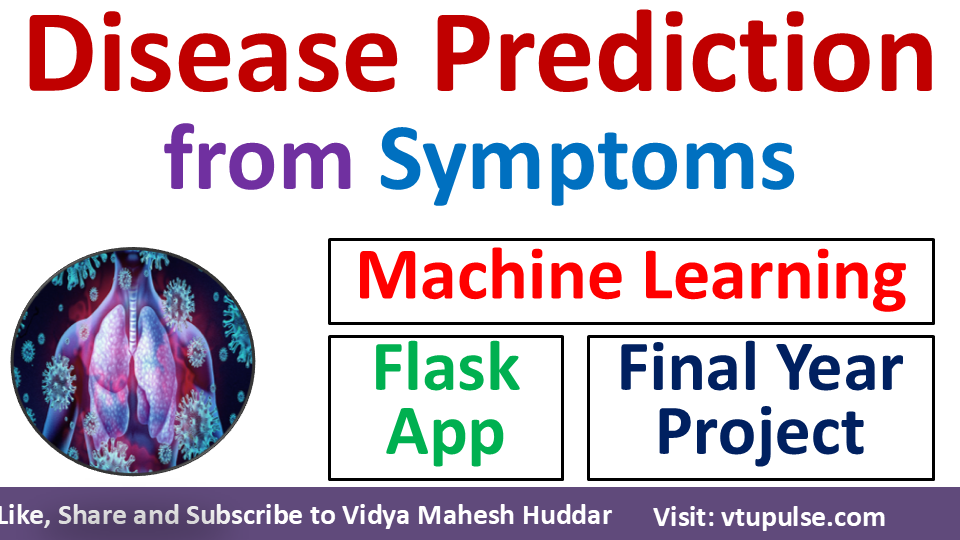
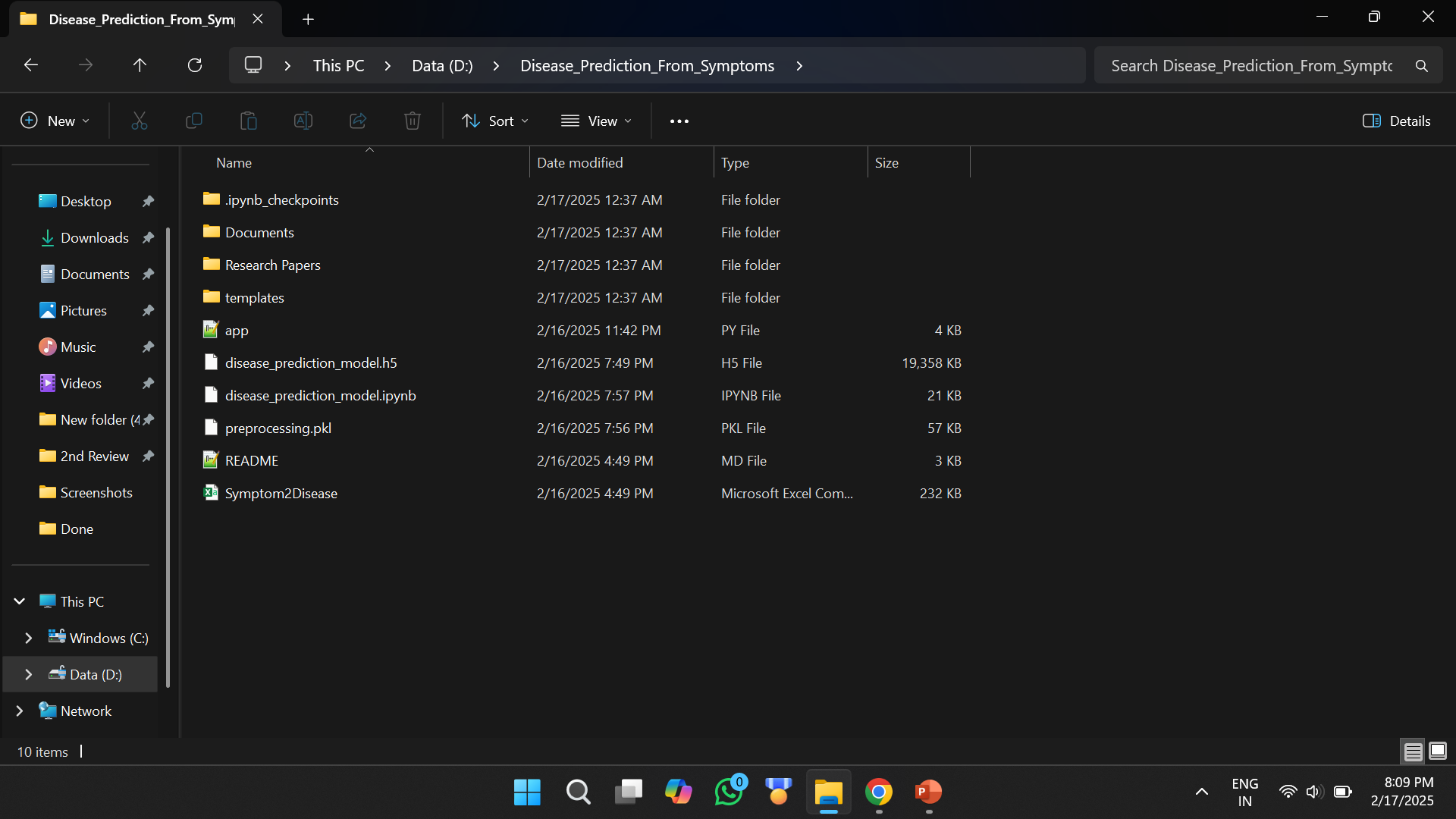
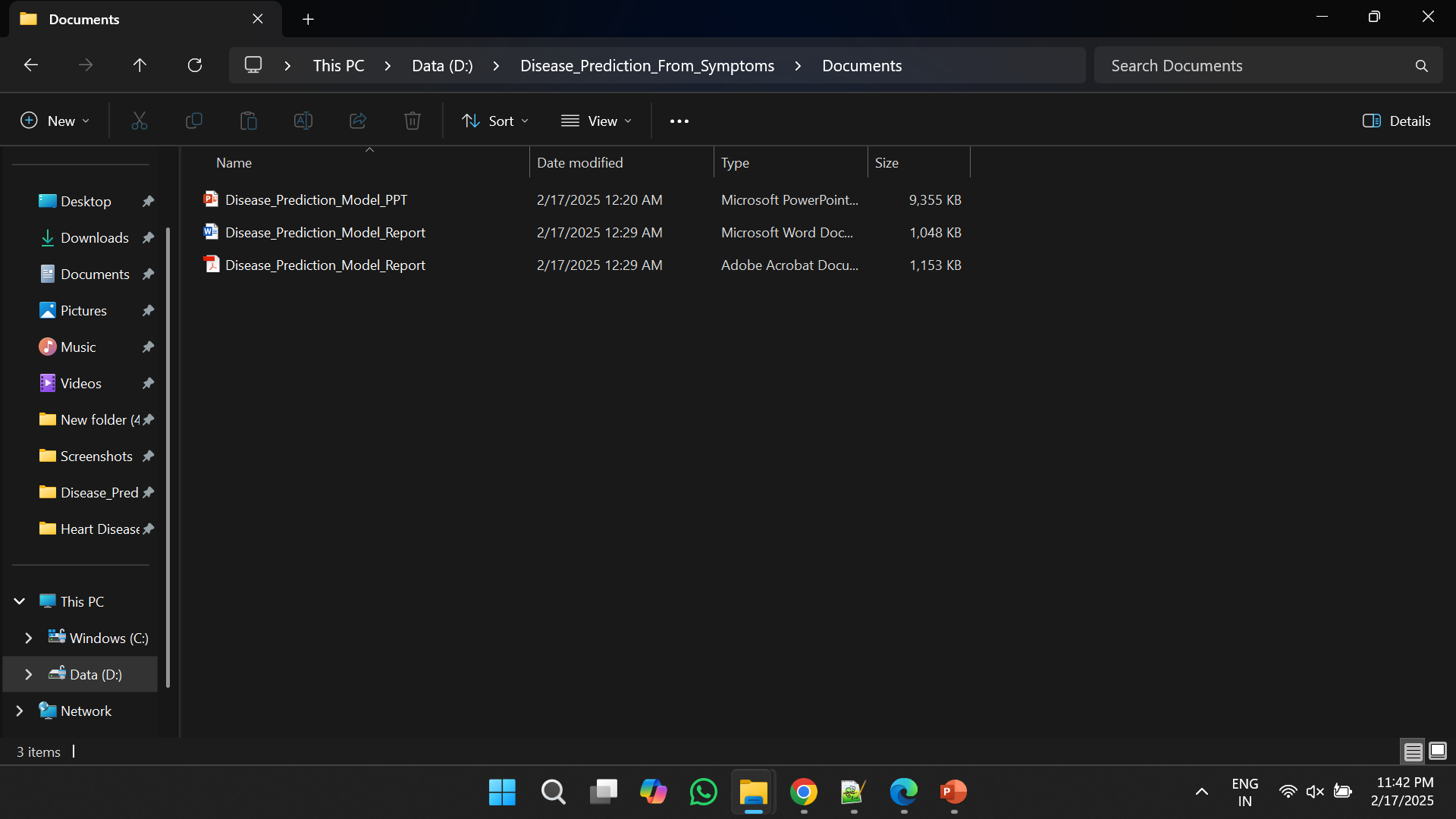
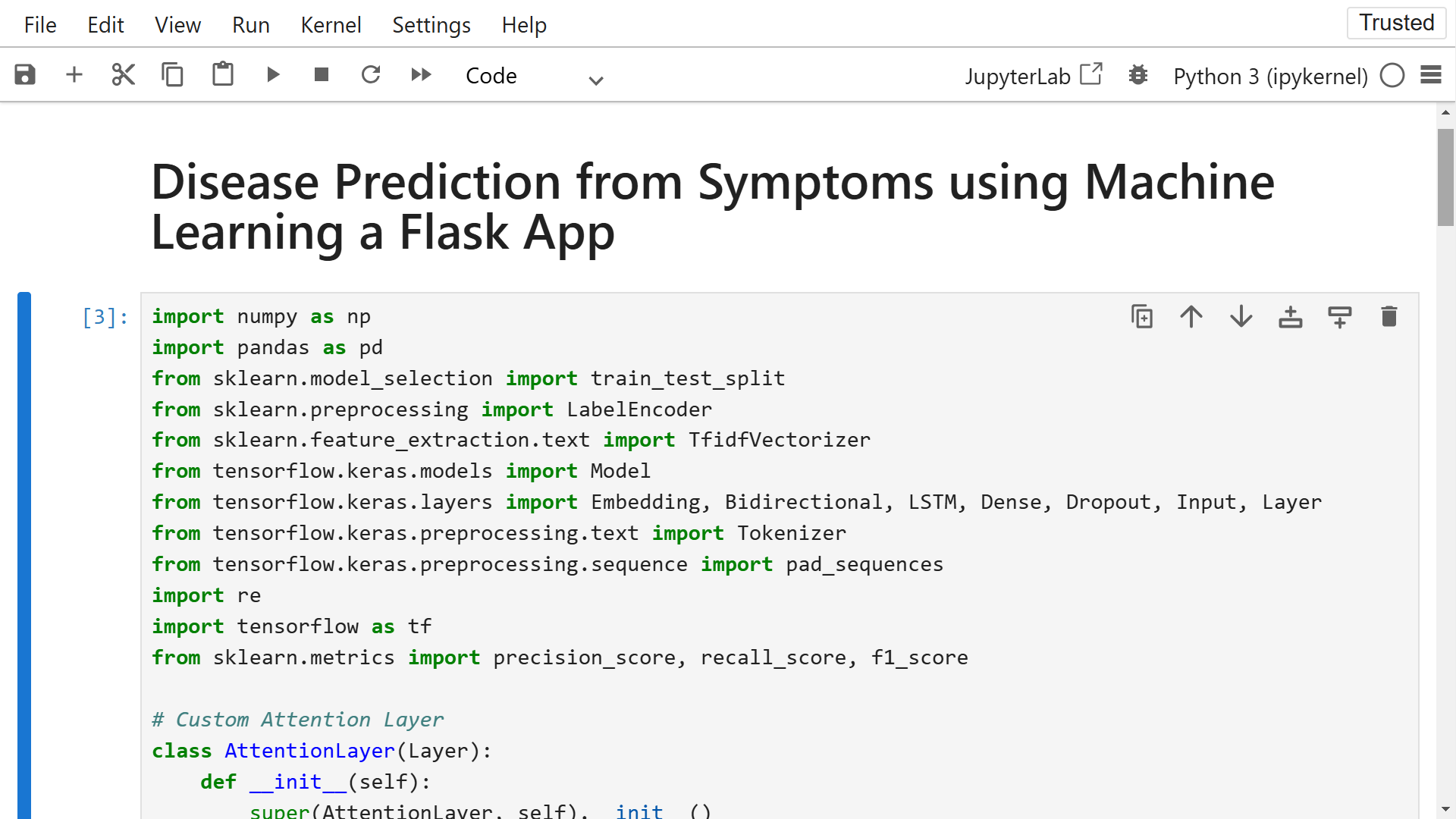
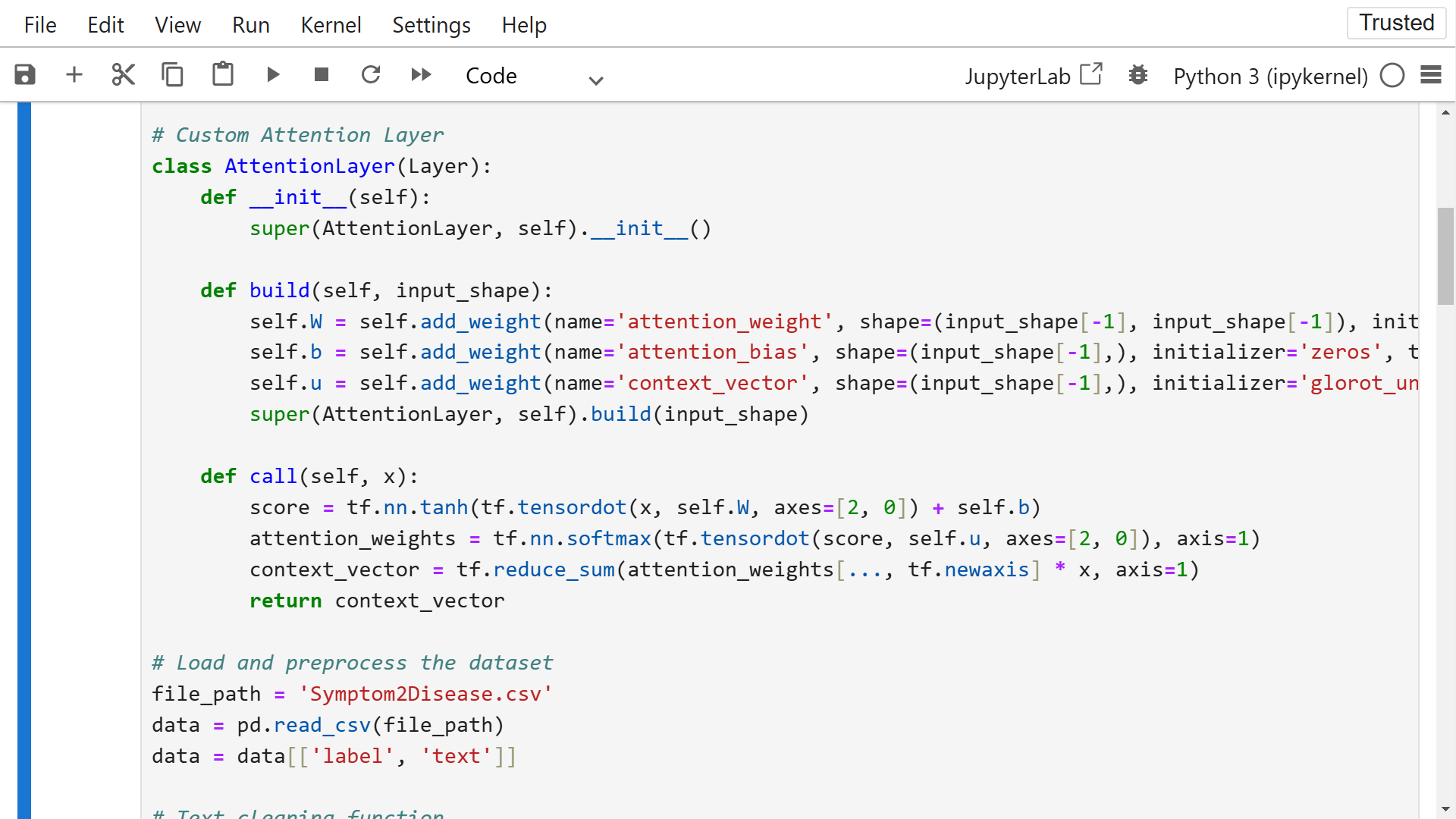
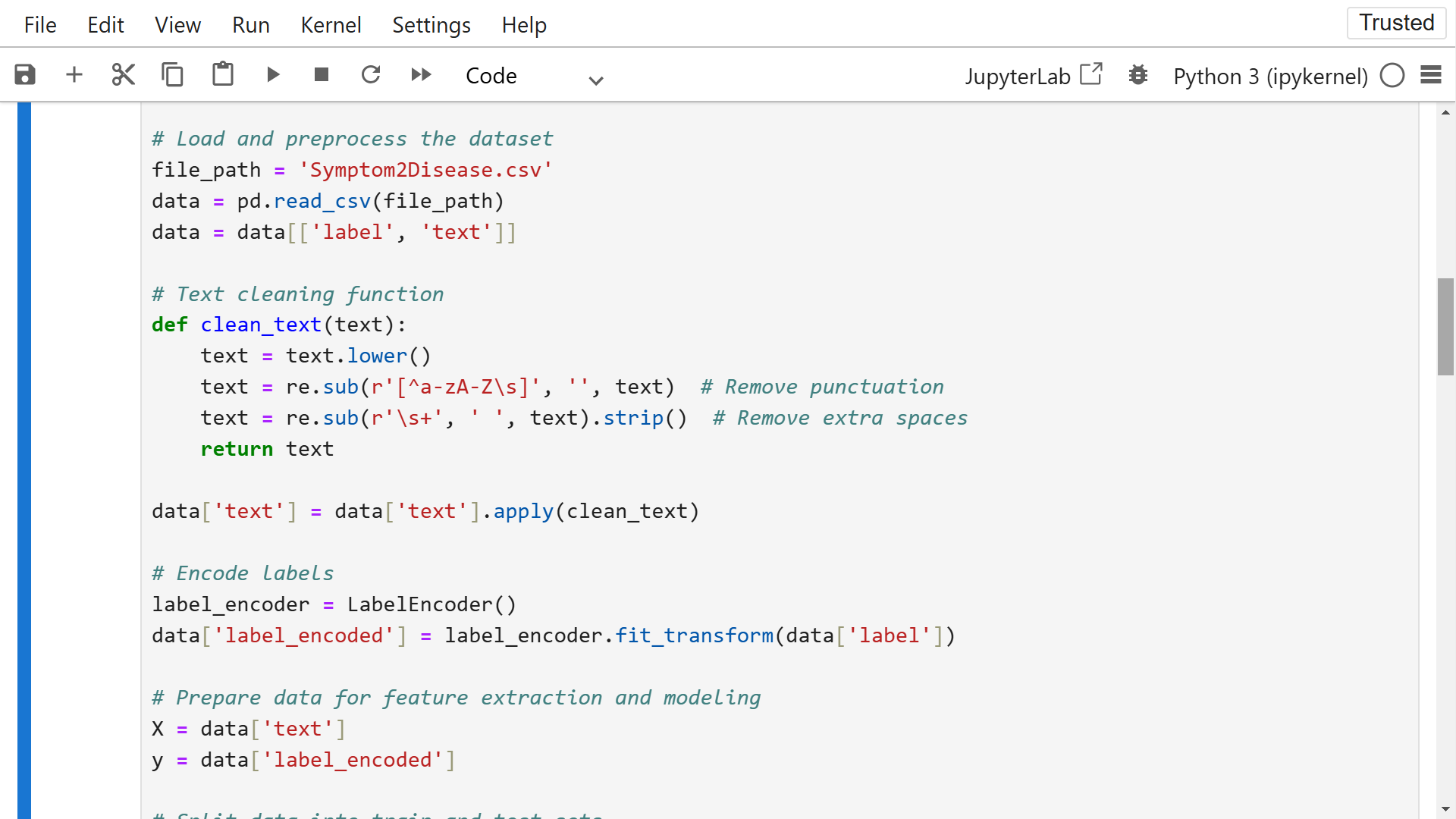
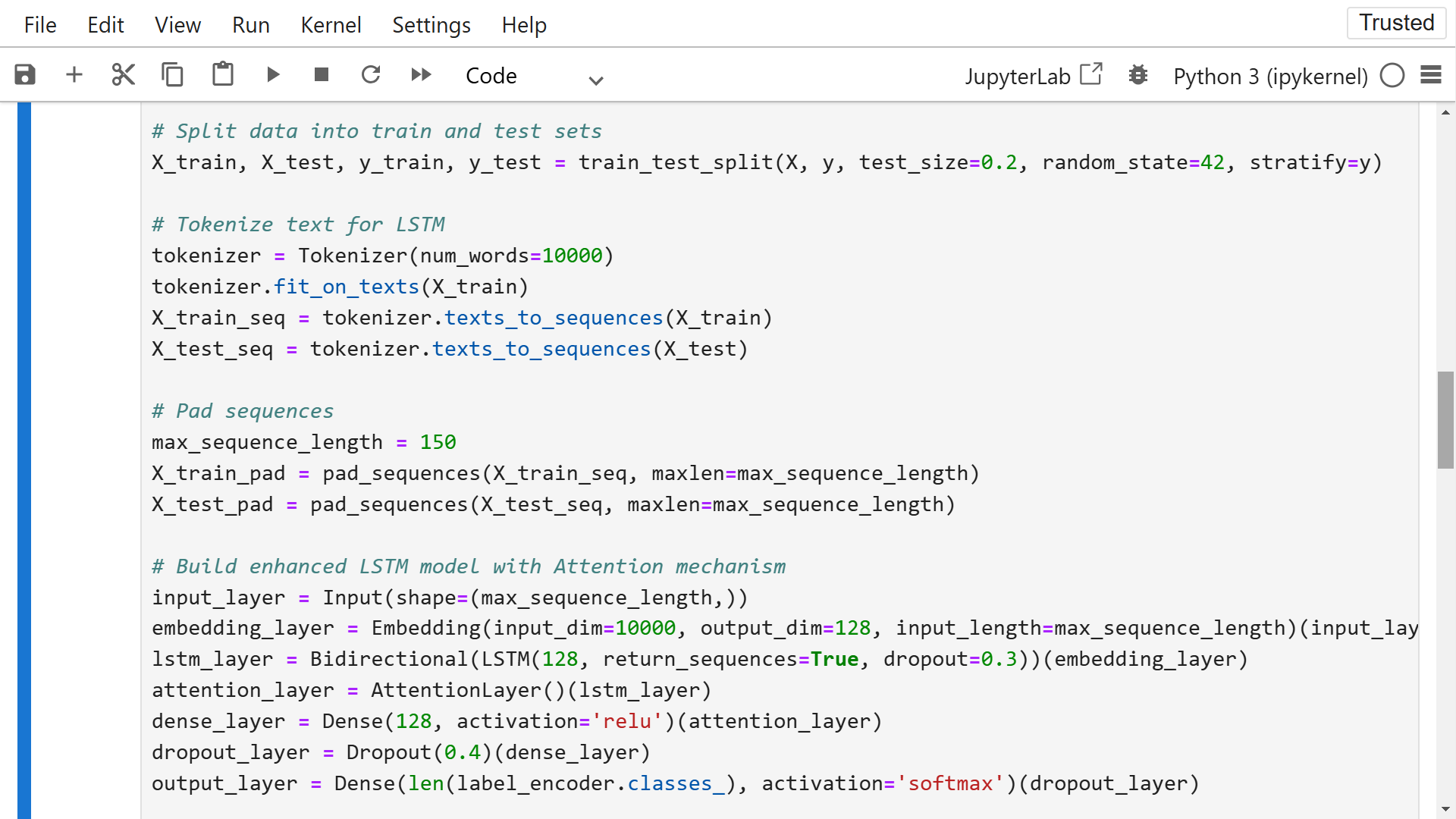
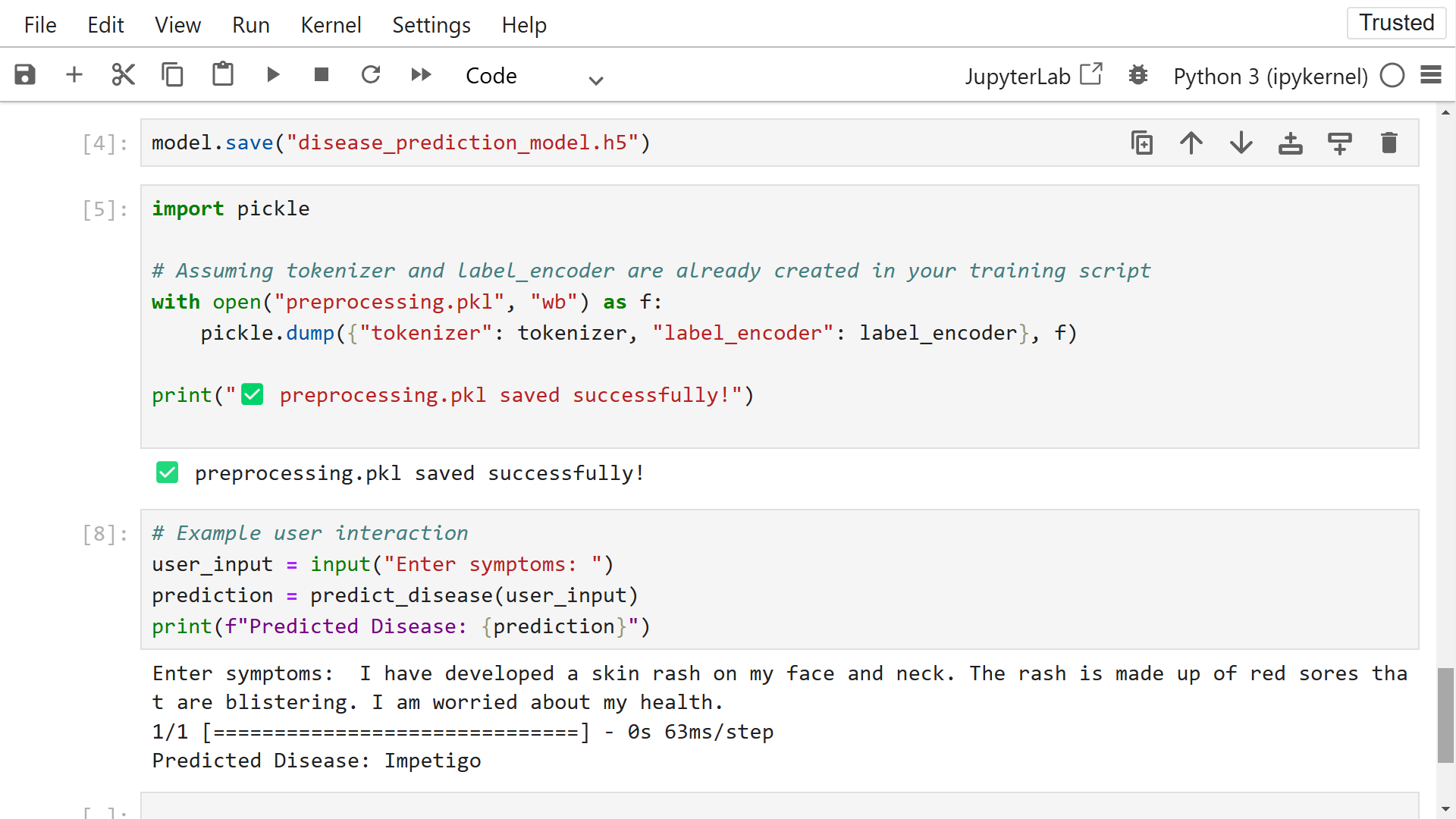

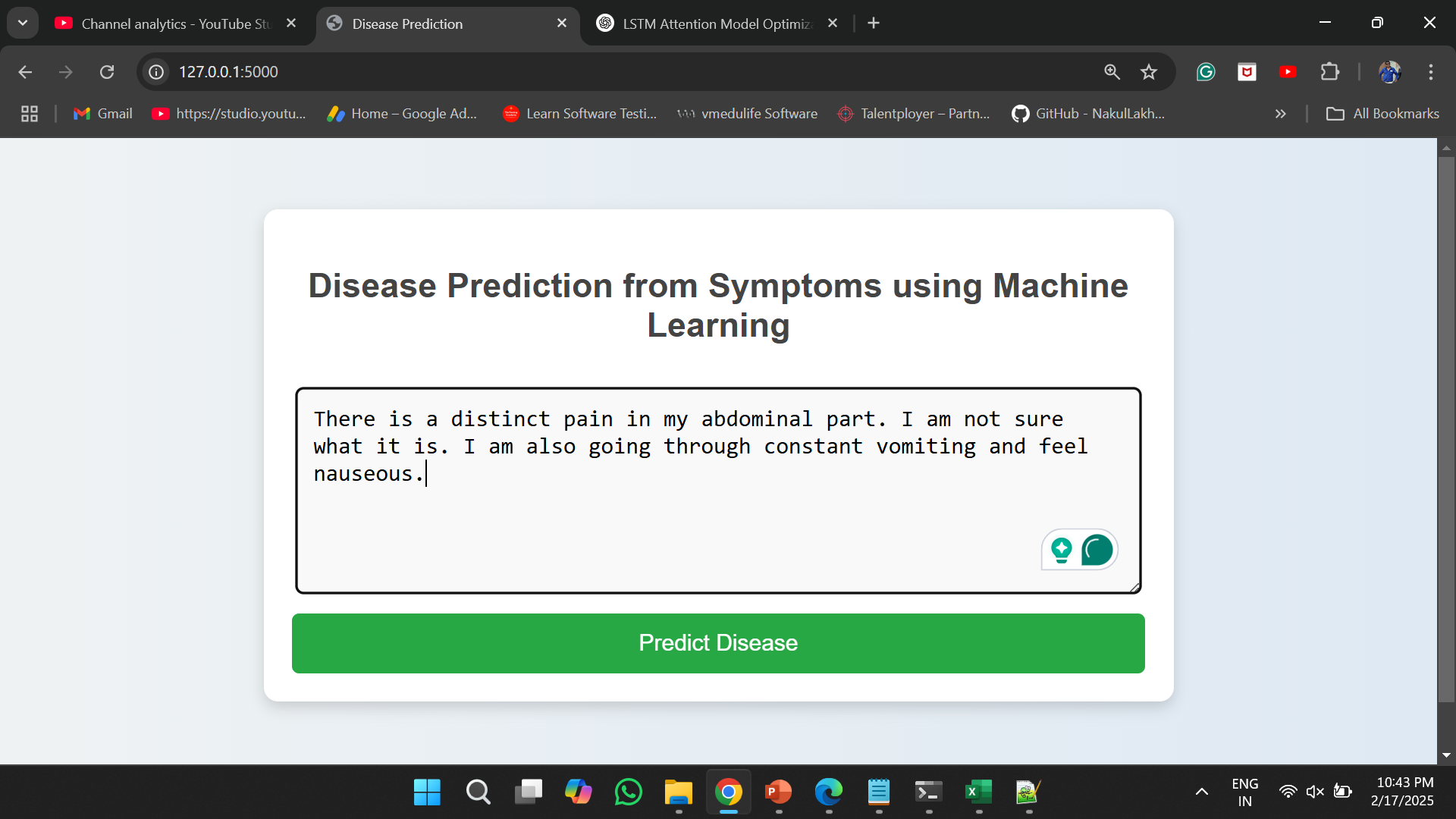
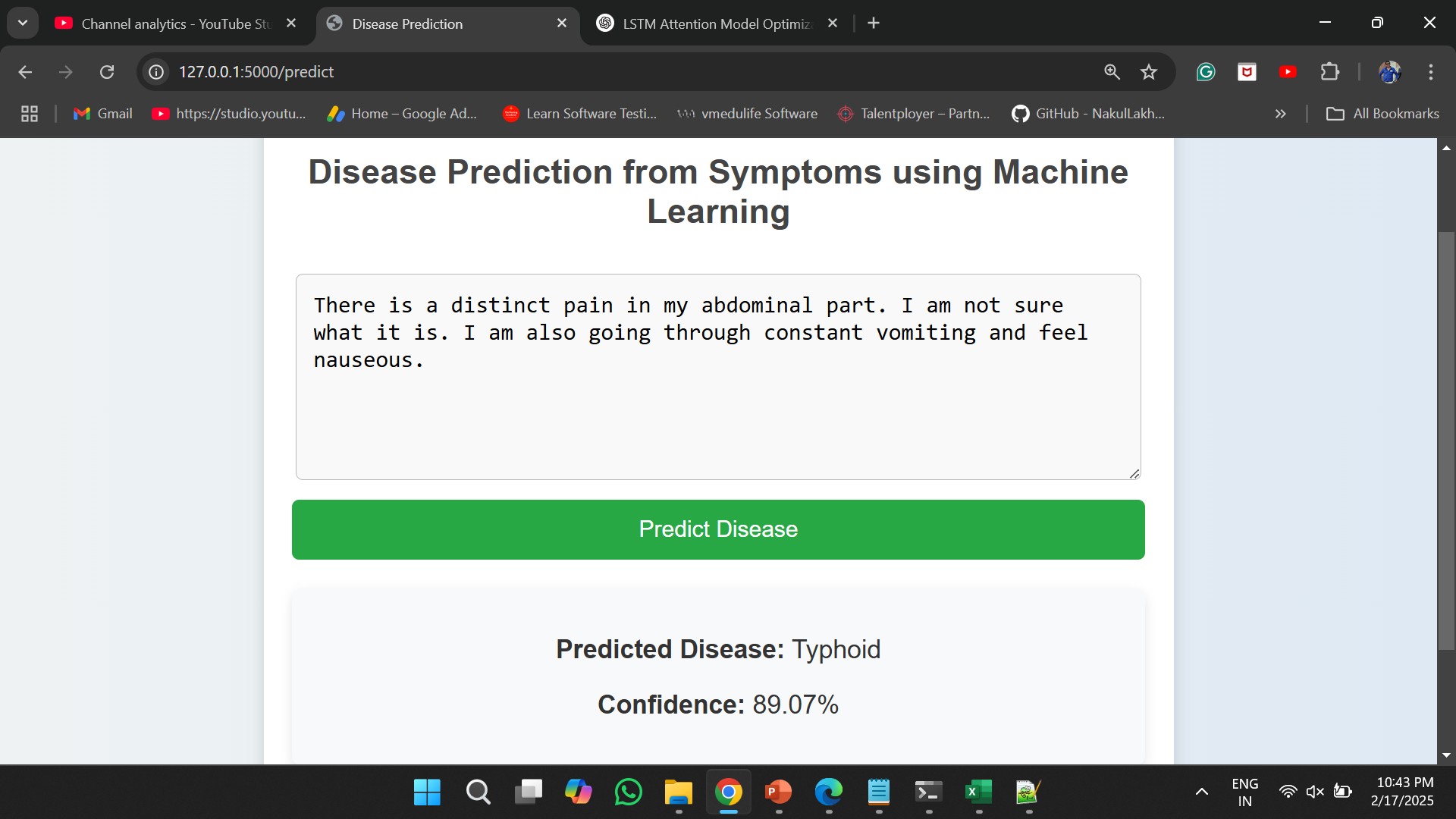
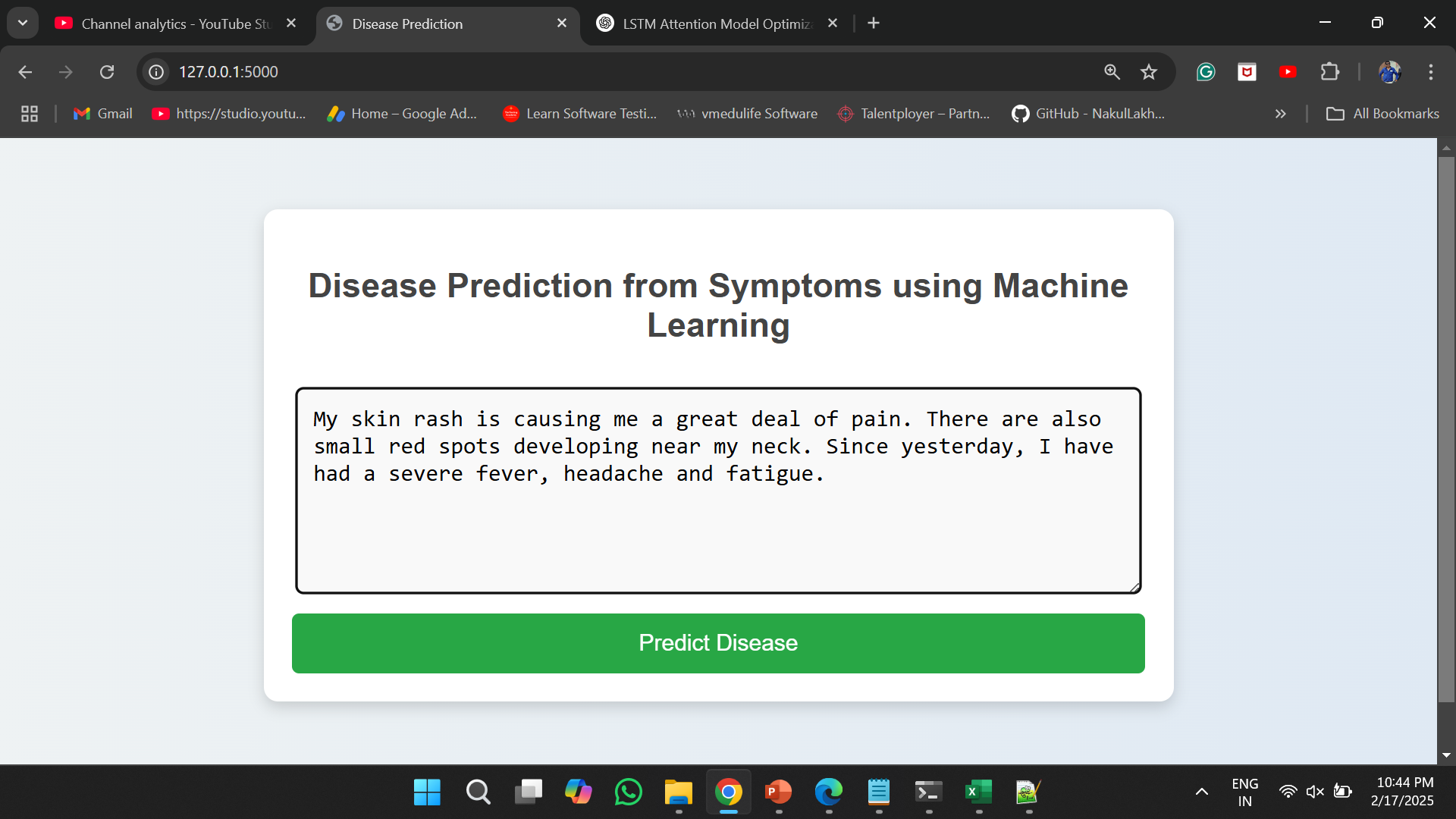
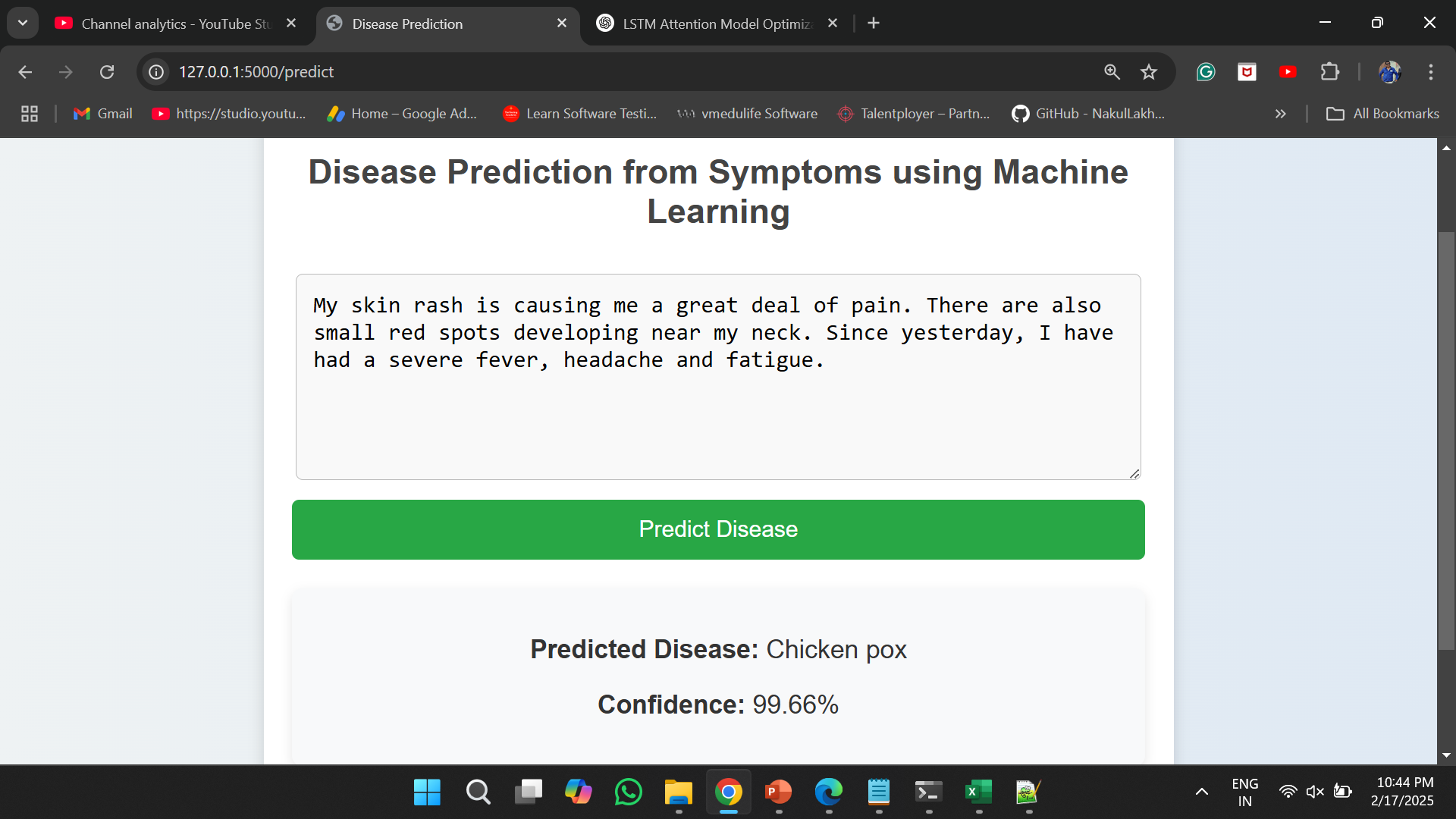
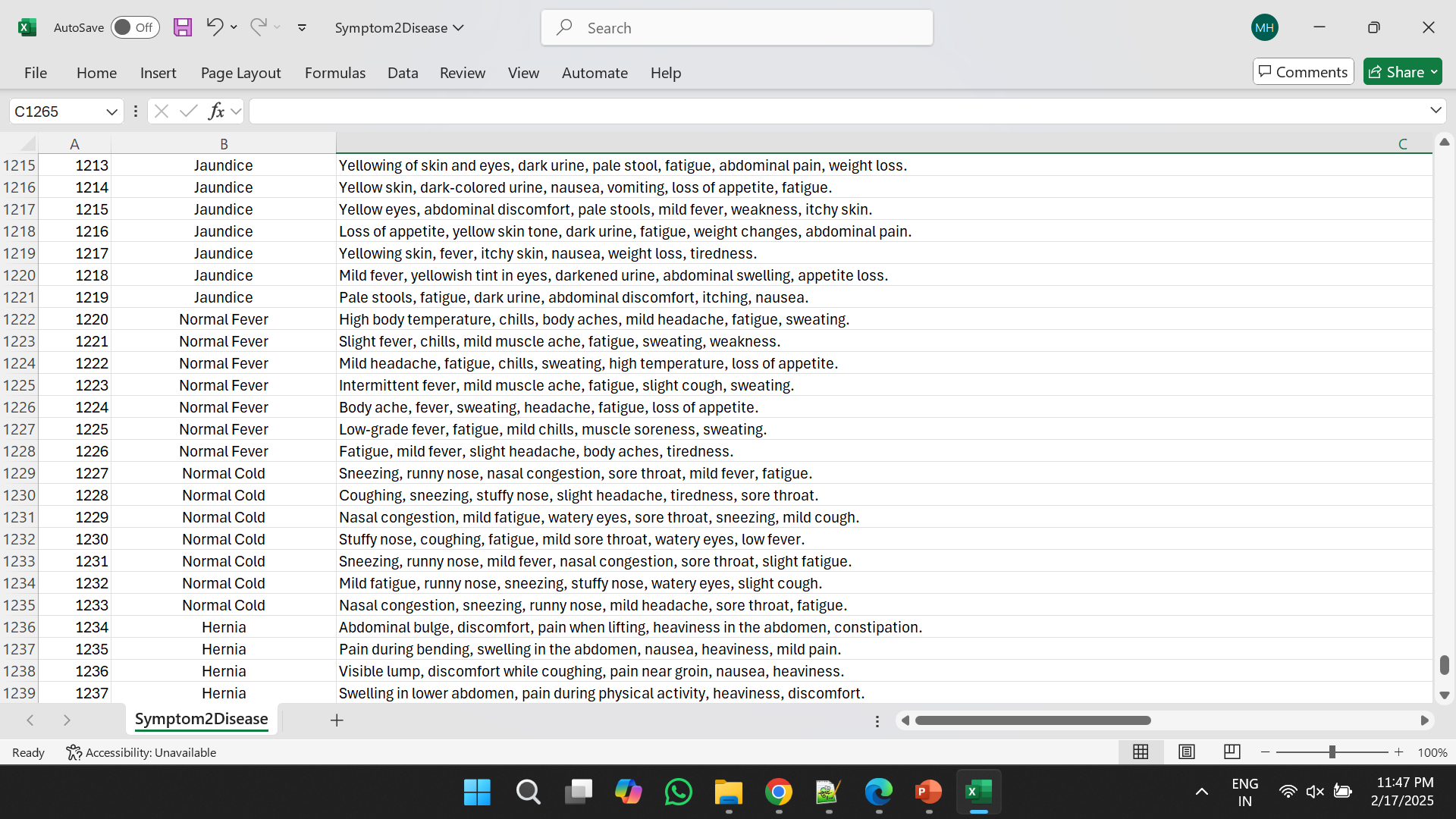
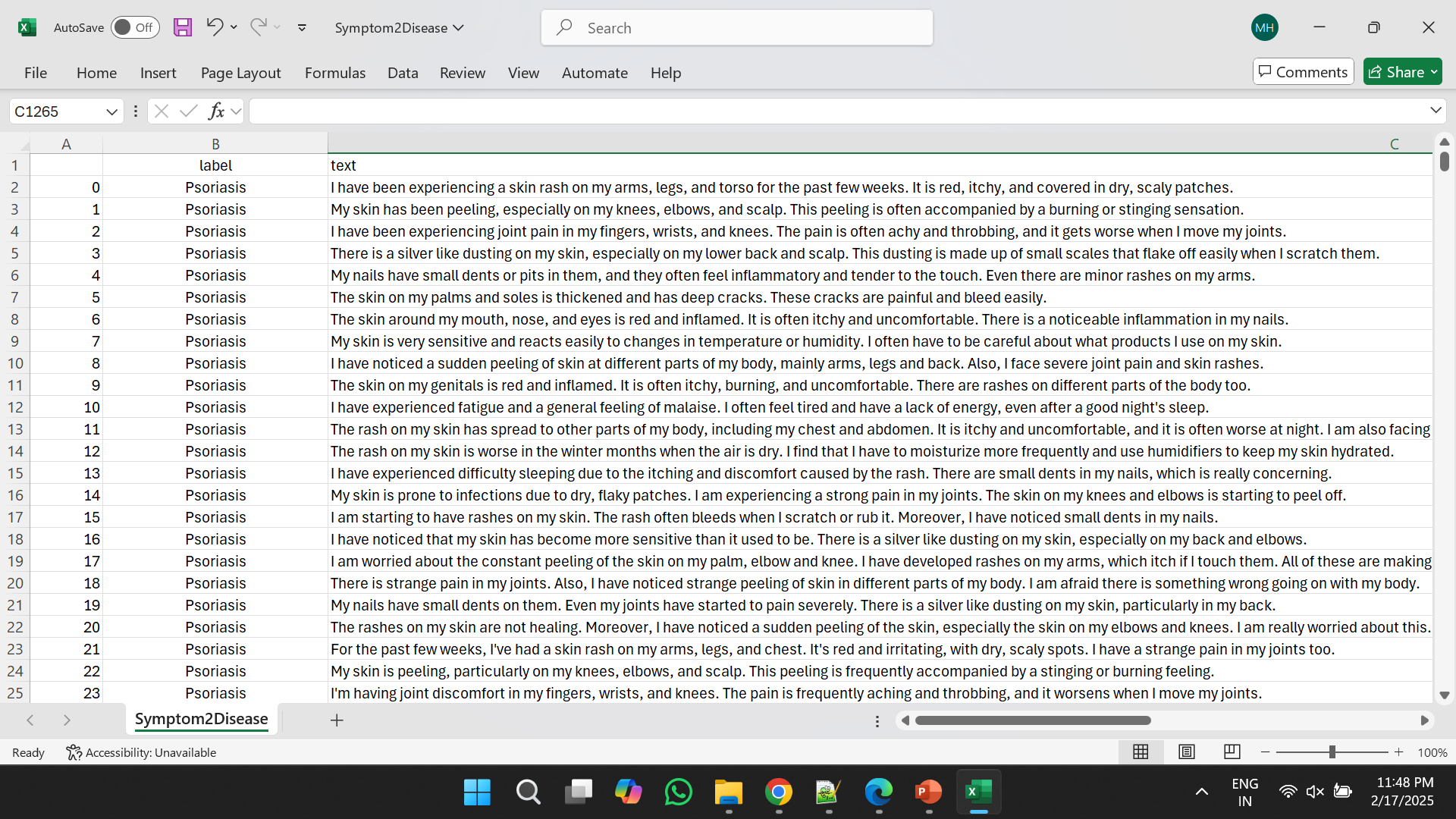
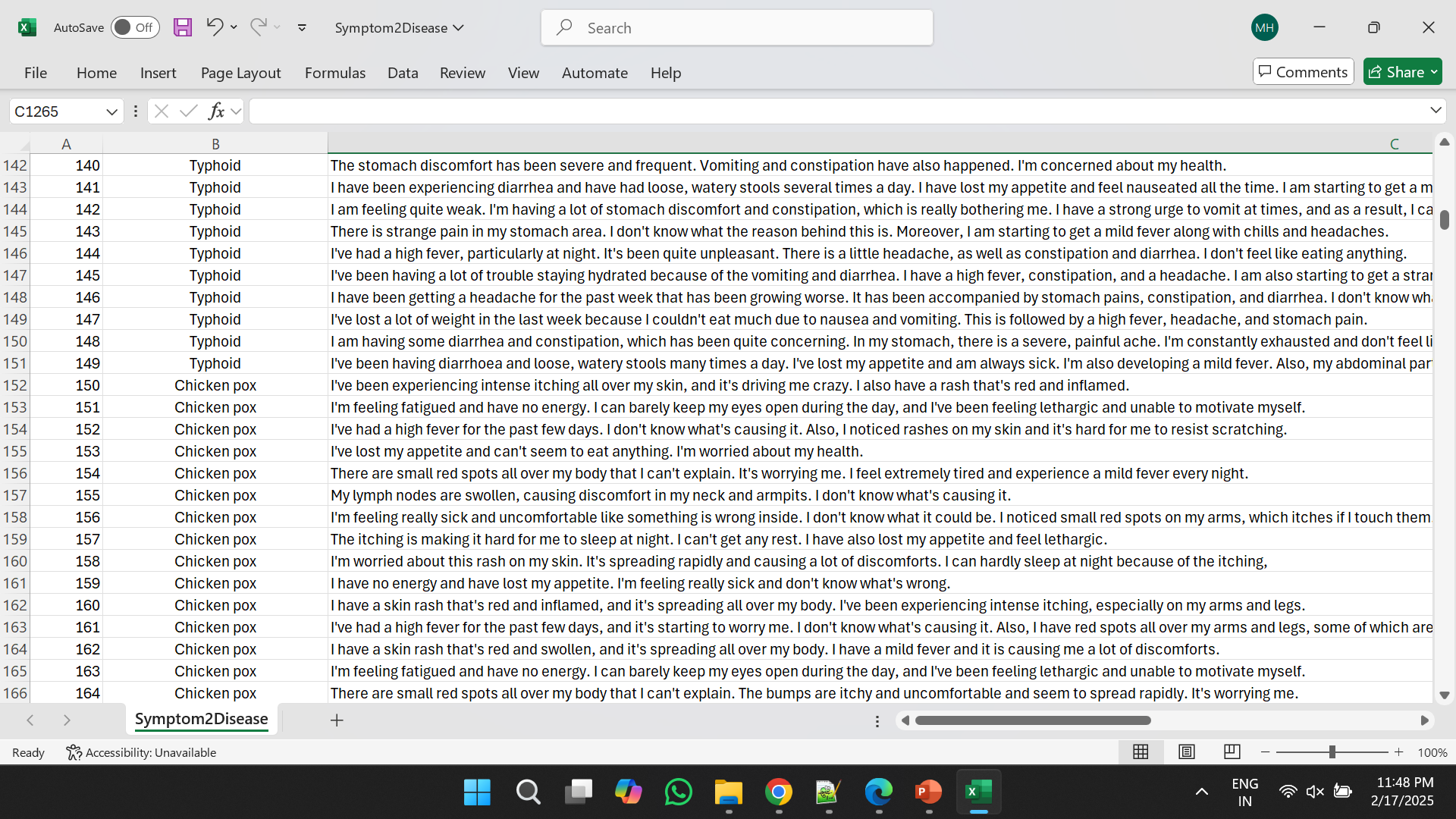
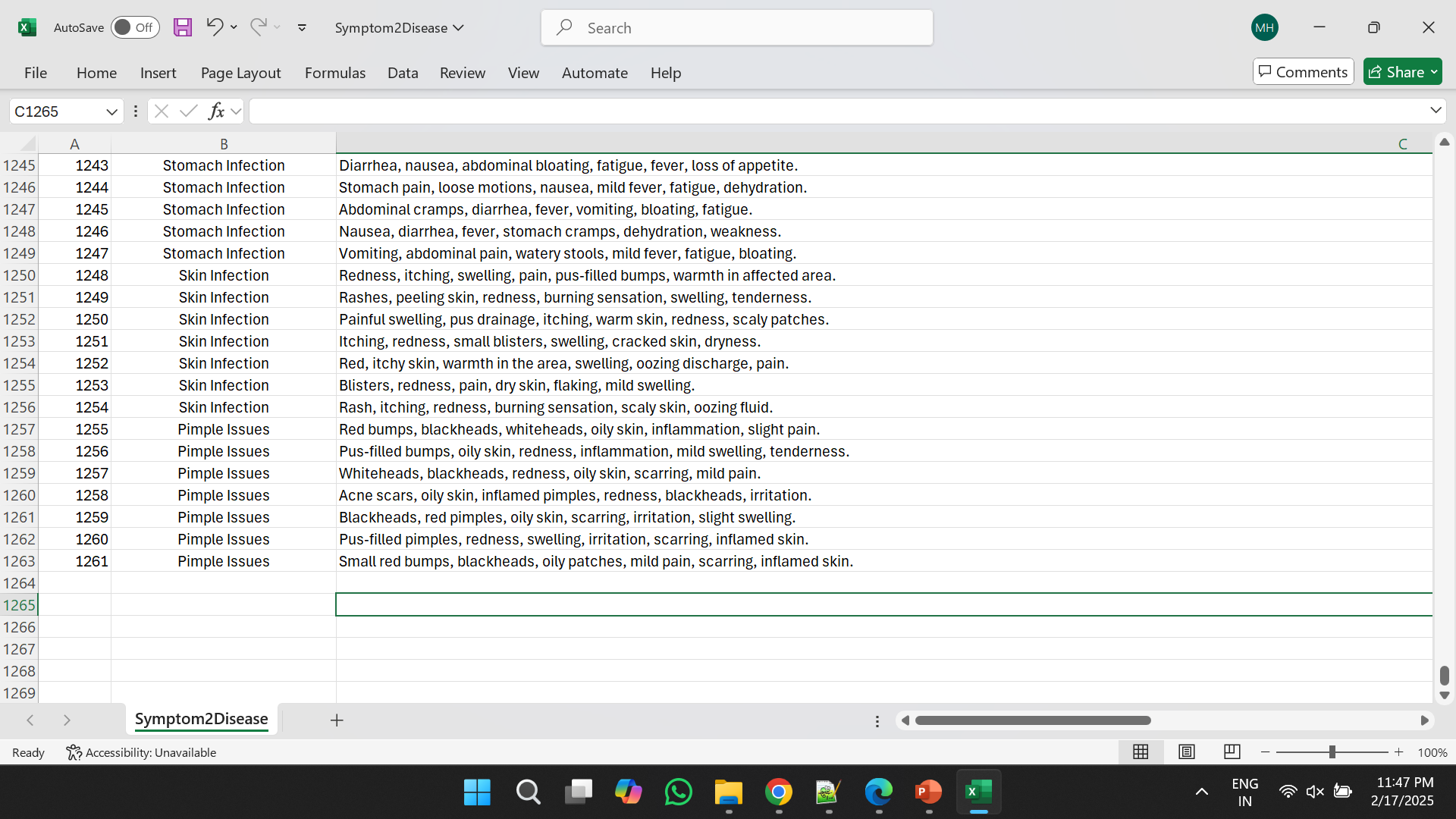
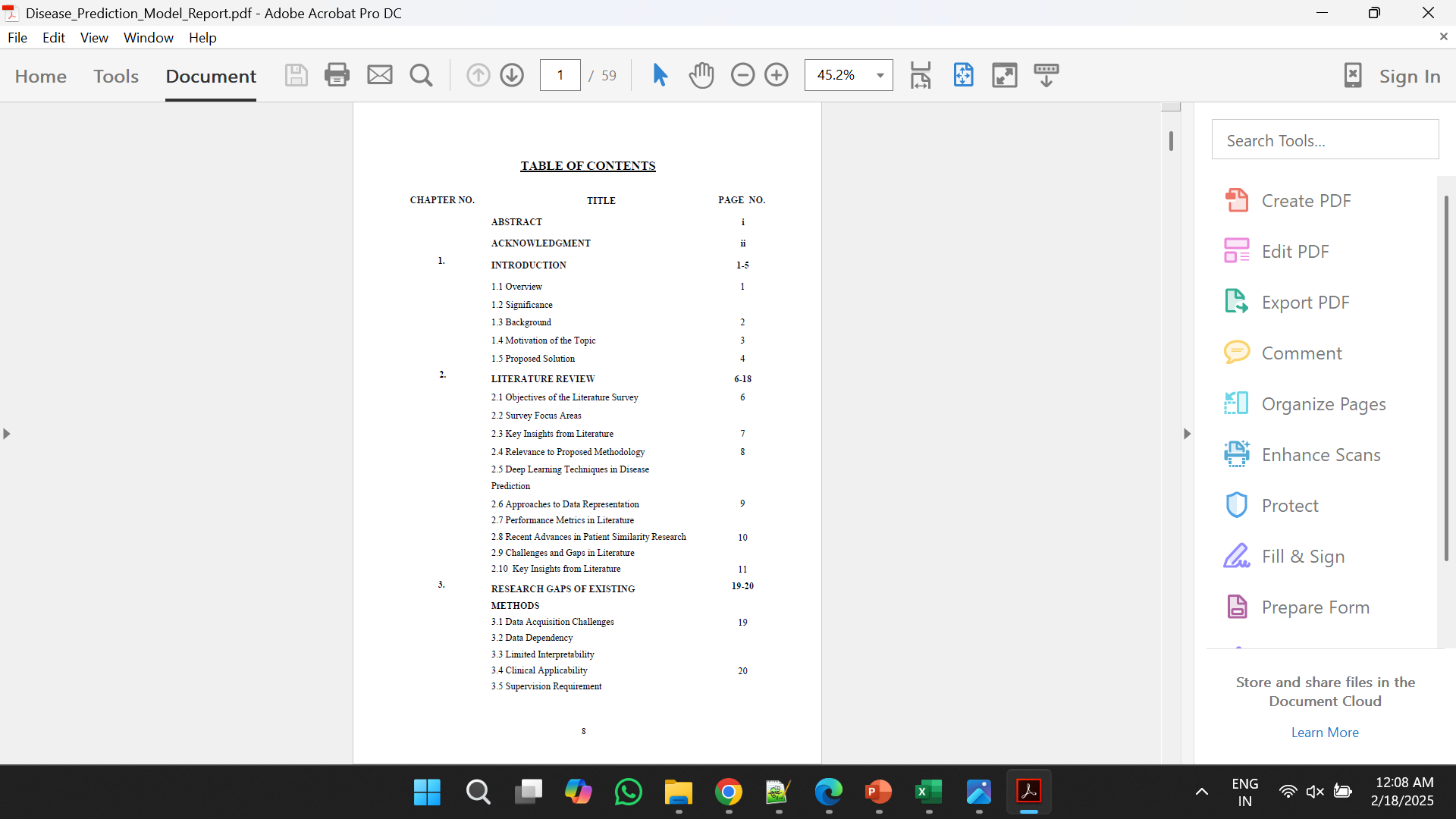
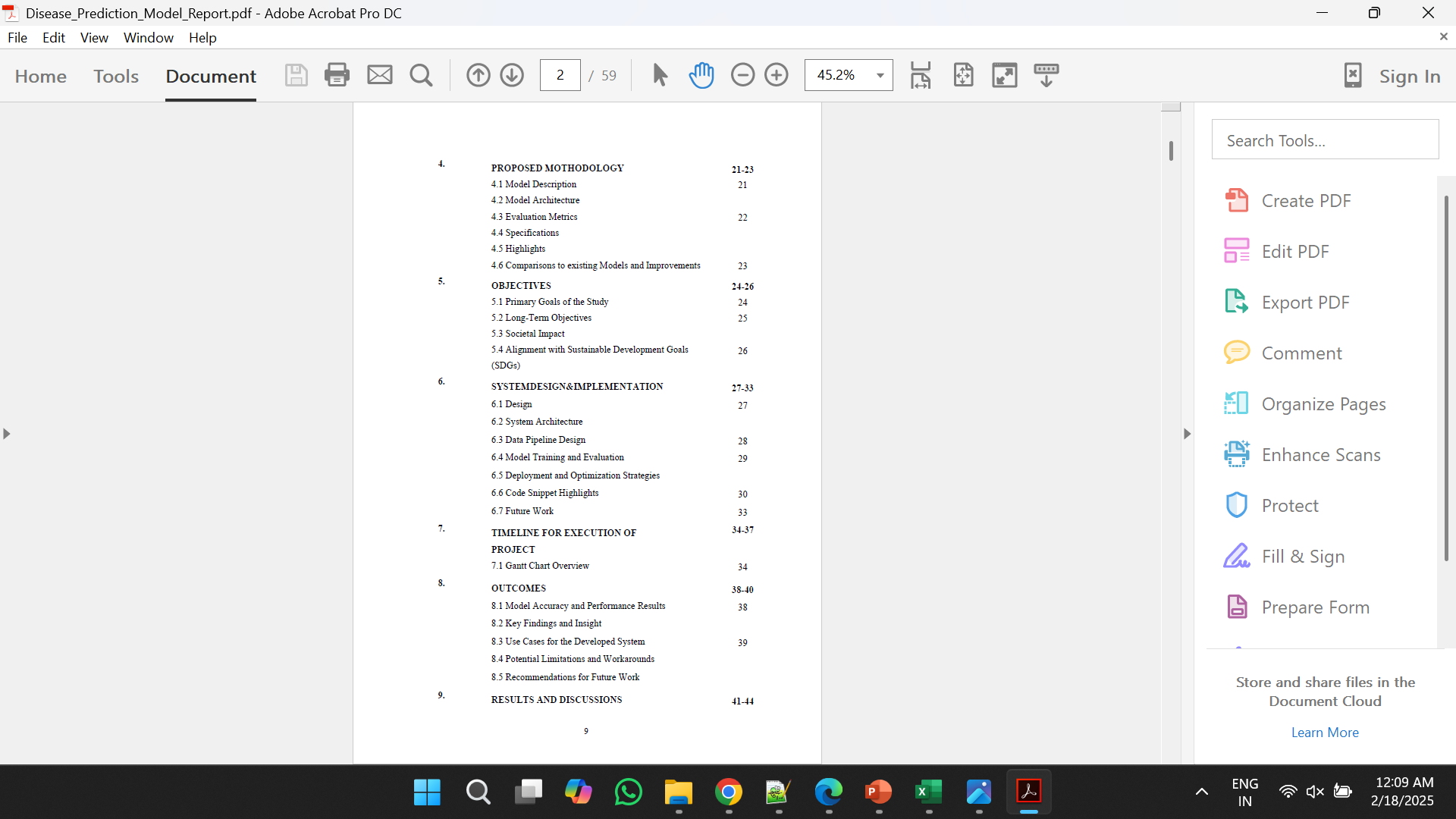
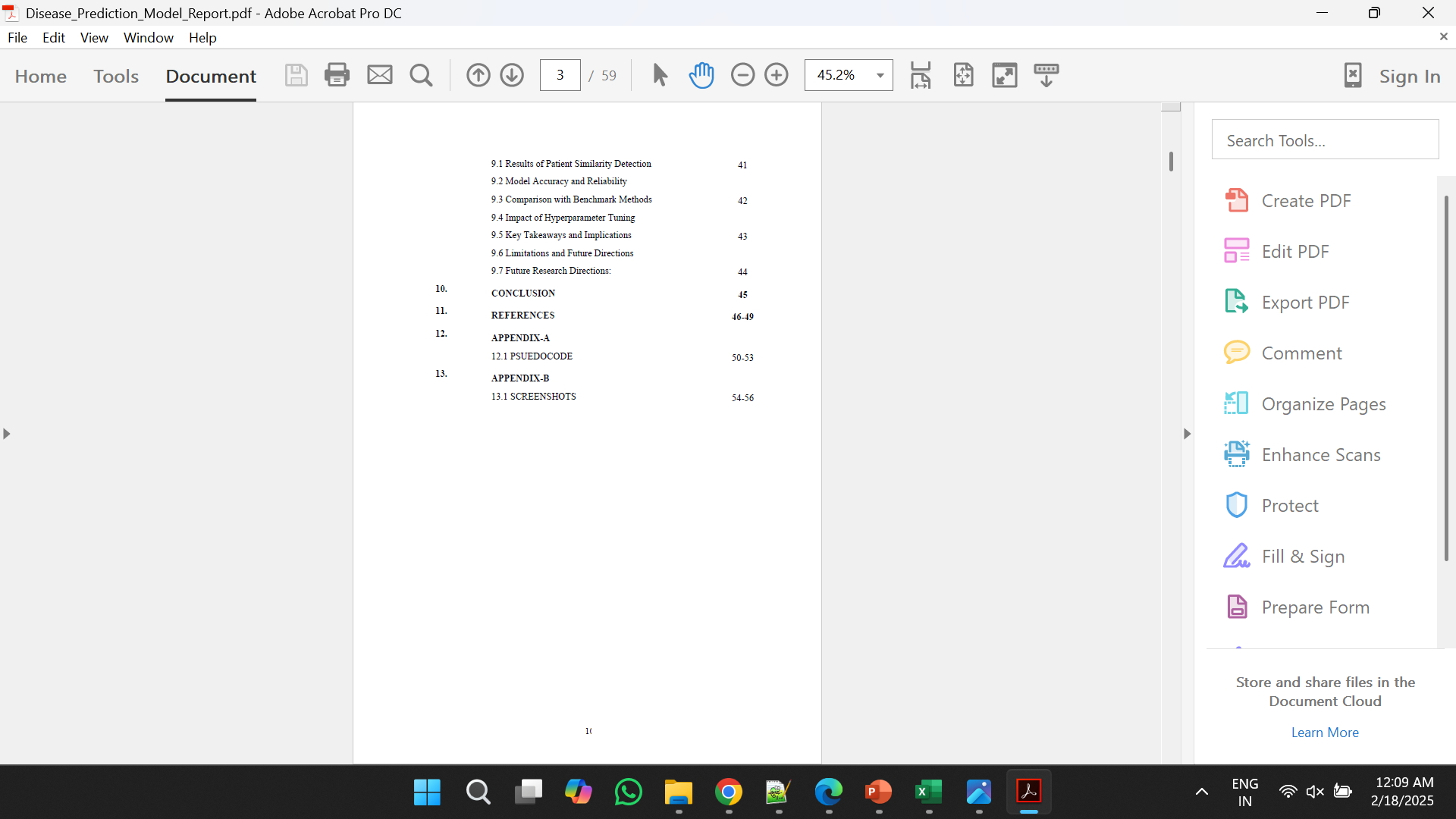




Snehal Bhanuse –
Super project